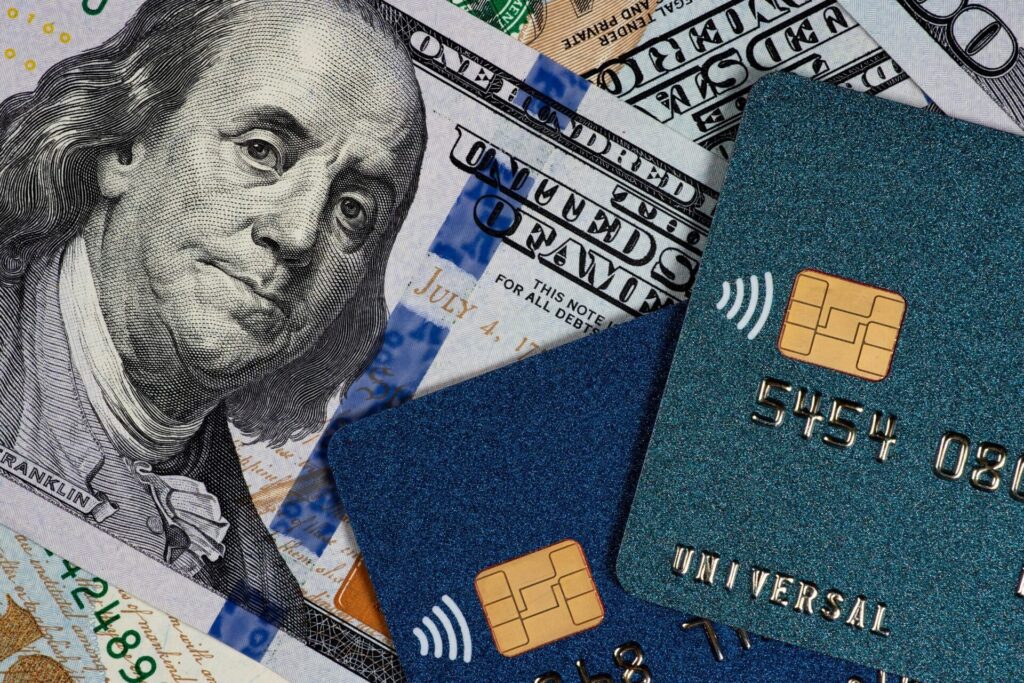Credit cards have revolutionized the way we spend money. With so many options available, choosing the right one can be a little overwhelming. Each type of card comes with its own set of features, benefits, and potential drawbacks. Here’s a comprehensive guide on how to choose the right credit card for your needs and lifestyle.
1. Take a look at your spending habits
Start by evaluating your spending habits. Are you a frequent traveler, a big spender, or someone who pays off the balance in full each month? Different credit cards fit different spending patterns. For example, if you travel often, a travel rewards credit card might be your best option, with perks like airline miles, hotel discounts, and travel insurance.
2. Consider your credit score
Your credit score plays a major role in determining the type of credit card you qualify for. If you have a high credit score, you’re more likely to qualify for premium cards with better rewards and lower interest rates. But if your credit score could use some work, you might want to think about a secured credit card to help rebuild your credit.
3. Interest rates and fees
Understanding the interest rates and fees associated with a credit card is really important. Compare the Annual Percentage Rate (APR) across different cards. If you tend to carry a balance, a low APR should be a priority. Additionally, be aware of annual fees, late payment fees, and other charges that could impact your overall cost of using the card.
4. Rewards and benefits
A lot of credit cards come with rewards programs. Cashback, travel rewards, points for specific purchases—it’s easy to find rewards that match up with what matters most to you. Consider how you plan to redeem these rewards and whether they’re really worth what you’re spending to accrue them.
5. Introductory offers
Many credit cards come with tempting introductory offers, like 0% APR for a specified period or bonus rewards. These offers can be attractive, but make sure you understand the terms and conditions. After the introductory period ends, the APR could spike, and the benefits might be wiped out.
6. Balance transfer and debt consolidation
If you’re struggling with credit card debt, a balance transfer credit card with a low or 0% APR on transfers could be useful. This allows you to consolidate your debts onto one card and potentially save on interest payments. However, be cautious of balance transfer fees and ensure you have a plan to pay off the transferred balance before the promotional period ends.
7. Student or secured credit cards
For individuals who are new to credit or working on improving their credit, student credit cards and secured credit cards can be viable options. Student cards often come with lower credit limits and educational resources. Secured cards require a cash deposit as collateral and can help build or rebuild credit.
8. Additional perks
Beyond rewards, credit cards might offer additional perks such as extended warranties, purchase protection, and access to exclusive events. Evaluate these perks based on your needs and preferences.
9. Read the fine print
Before applying for any card, carefully read the terms and conditions. Understand the grace period, penalty APR, and any other clauses that might impact your usage.
10. Flexibility and long-term suitability
Choose a credit card that can change with your needs. A card that matches what you need right now might not be such a good fit down the road. Opt for a card that offers long-term benefits and will still be useful as your circumstances evolve.
The bottom line: how to choose the right credit card
Choosing the right credit card means thoughtful consideration of your spending habits, financial goals, and lifestyle. Carefully compare the features, rewards, fees, and terms of different cards to make an informed decision. The right credit card can be a valuable financial tool that boosts your purchasing power and helps you reach your financial goals.










